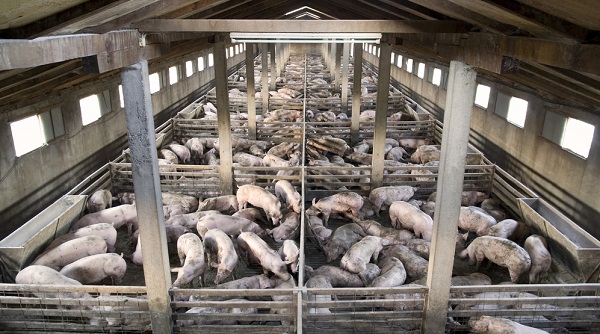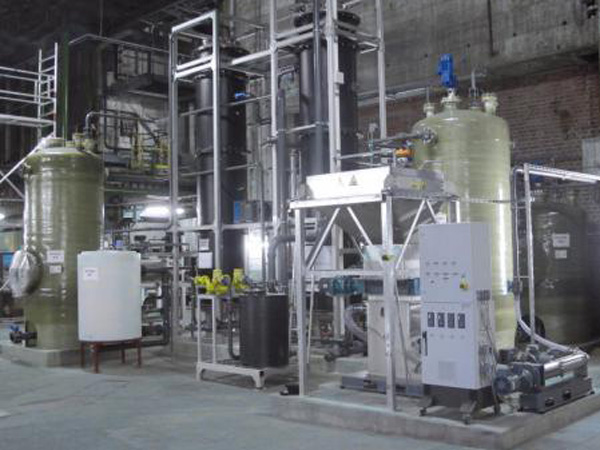The Chinese love of pork might result in very tasty dumplings but it has also leads to a sizable amount of waste.
According to an Australian research body, the 700 million pigs needed to service China’s burgeoning pork industry produce an estimated 1.4 million tons of manure and a further 7 million tons of urine.

Australia’s CRC for Contamination Assessment and Remediation of the Environment (CRC CARE) says this mass of waste represents a potential goldmine and it has developed a technology to extract not only biogas, but also fertiliser and other valuable products from nutrient-rich waste.
CRC CARE researchers worked with Chinese pig farms to produce the technology, a two-step underground anaerobic bioreactor. The researchers identified a particular combination of anaerobic treatments that can recover the nutrients and produce clean biogas energy as well.
China’s 1.8 million pig farms supply two thirds of the country’s meat consumption. Yet at present only a tenth of the waste produced is currently treated. Much of the rest is simply thrown away, resulting in large amounts of nitrogen, phosphorous and other contaminants being discharged into the environment where they risk damaging ecosystems as well as human health.
CRC CARE is a part of the Australian Government’s Cooperative Research Centres (CRC) Program, which was set up to connect cutting edge scientific research with business.
Although the government body provided scientific expertise to China, including a supervision program of six PhD students at Huazhong University of Science and Technology in Wuhan Province, the project is being managed on the ground by Chinese firm HLM Ltd.
In a statement, CRC CARE managing director Professor Ravi Naidu said: “It’s a perfect partnership between Australian science and Chinese technical expertise.”
According to Prof Naidu, the bioreactor – which is still being trialled – could be used throughout Asia, wherever intensive farming of animals is common.
“The market for a successfully packaged solution to this suite of problems is clearly very large – both in Asia and around the world. Besides handling livestock wastes, similar bioreactor technology can be used to manage and cleanse the runoff from urban landfills and organic waste streams from other industries,” the professor added.
Biogas is becoming an increasingly attractive form of renewable technology, thanks in large part to the ready availability of biodegradable waste, which would otherwise end up in ugly landfills or polluting the environment (roughly one-third of food produced for human consumption is wasted, according to a report requested by the United Nations). Take up of the technology is growing with major food companies beginning to invest in biogas reactors to offset their waste.

Prof Naidu said he hoped the current work in China could have implications for Australia’s own farming industry.
“We anticipate that the scientific and technical knowledge gained in the course of CRC CARE’s research will have real value for Australia’s intensive livestock and food industries – and will help protect our environment from these types of wastes,” he said in a statement.